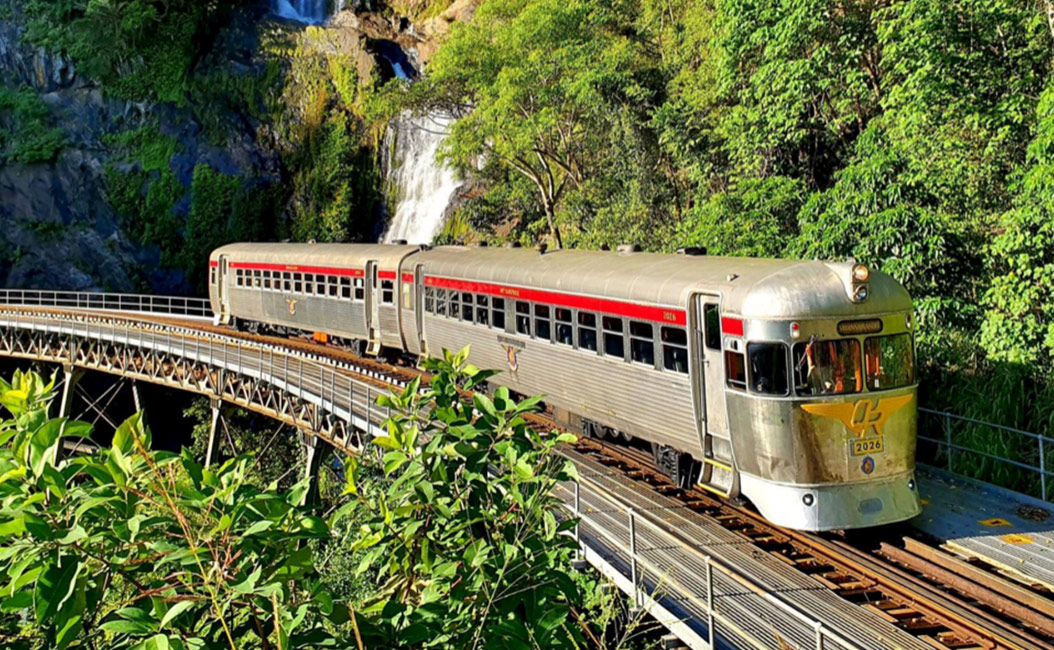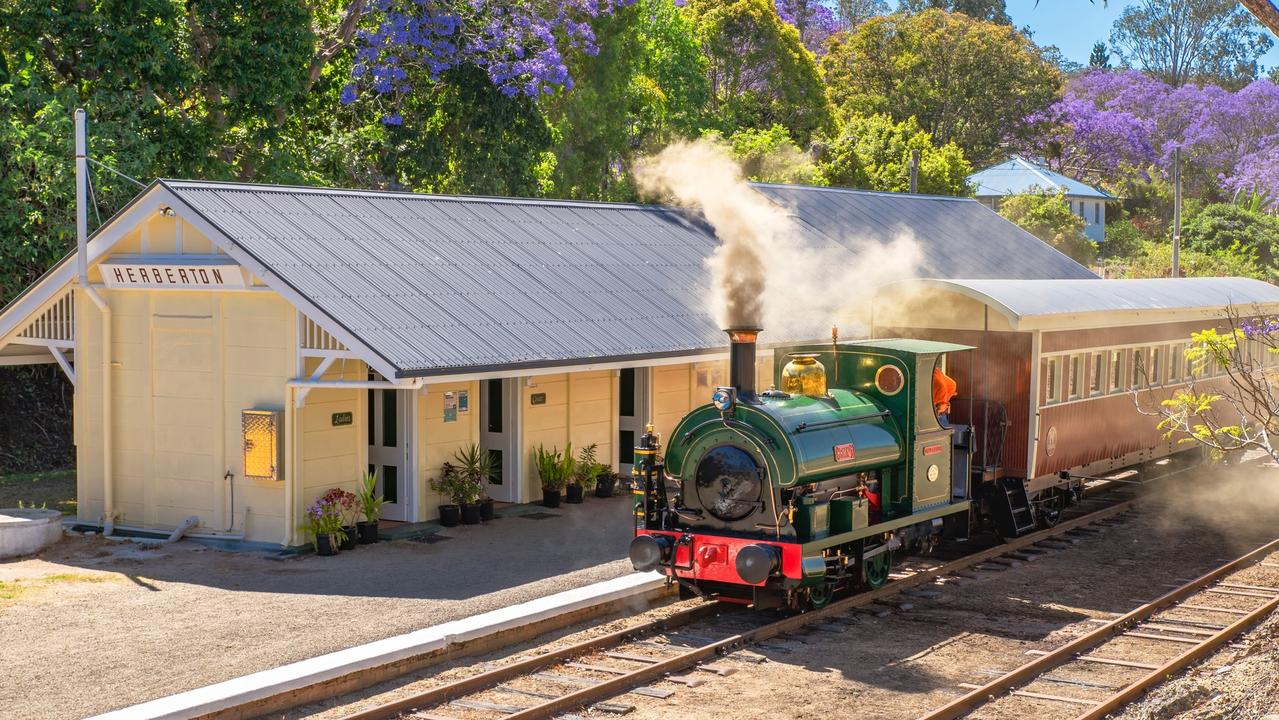
WORDS by Sara Mulcahy
The connection between Port Douglas and Cairns — and all that lies beyond — is the winding stretch of coastal road known as the Barrier Reef Drive. As famous for its treacherous twists and turns as it is for its spectacular views, the Captain Cook Highway, for that is its official name, was opened on December 17, 1933.
What you might not know is how close this town came to having its own rail terminus. With the gold and tin rushes in full swing in the 1880s, the two ports of Cairns and Port Douglas were competing for the role of dominant settlement. The thunderous rainfall in the wet season made the unsealed roads virtually impassable so three potential rail routes to the tin capital of Herberton were scoped.
The shortest route was from Innisfail. Cairns had the best port. Port Douglas was the easiest build. The Queensland Government in its wisdom selected Cairns as the starting point of the line, and the first section opened in 1887.
Although that changed the course of history for our town, it doesn’t mean Port Douglas missed out on the golden age of rail altogether. Pivoting from minerals to sugar, a smaller rail line was built from Mossman to Port Douglas in 1900.
The steam train service, known as the tramway, ran along a two-foot (60cm) gauge track from Mossman Mill to Sugar Wharf, transporting freight and passengers. It travelled the 13 km in 74 minutes at a cost of two shillings. Branches were later added out to Mowbray Post Office and Cassowary and, in its heyday in the 1920s, the service was carrying more than 23,000 passengers a year.
And then came the road. Cutting the journey time in half, the writing was on the wall for the tramway, and the final passenger rail service ran on Christmas Eve 1935.
If you want to find out more about rail travel in the tropical far north, there are some great experiences around town and beyond — perfect for trainspotters or those simply looking for a nostalgic day out.


